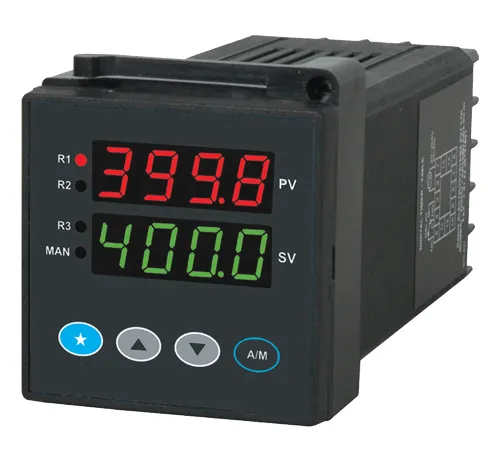An electrical appliance called a PID (Proportional-Integral-Derivative) temperature sensor is often utilised to keep the temperatures of a system within a certain range. It could be anything from a basic heater to a major industrial operation. A PID temperature controller's basic concept is to use feedback to modify the system's final result in order to maintain a target degree.
The PID temperature controller continuously monitors the temperature and alters the system's output to keep the temp where it should be. The PID controller can adjust the system's changes and maintain a constant temperature by using inputs.


